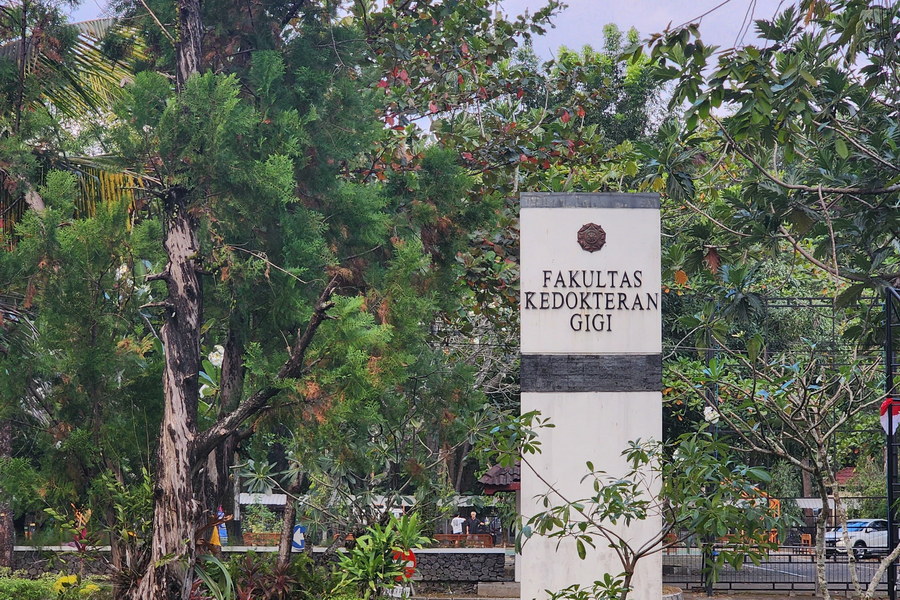The presence of safety alarms safety alarms on campus plays a vital role in ensuring the safety and security of the entire academic community, including students, faculty, and staff.
Safety alarms are designed as early warning systems that can provide a quick response in emergency situations, such as fires, natural disasters, or other security incidents. The primary functions of safety alarms on campus include the following:
Early Warning
Safety alarms provide warning signals in the form of loud sounds or flashing lights when potential hazards, such as fires or other threats, are detected. These warnings help individuals become immediately aware of the emergency and take appropriate action to evacuate or protect themselves. In this way, everyone on campus can be prepared for unexpected situations and take steps to ensure their safety.
Facilitating Evacuation
When an alarm sounds, evacuation instructions are usually clearly communicated, including emergency exit routes and safe assembly points. This function is crucial to prevent panic and ensure that people can leave campus buildings or areas quickly and in an orderly fashion. A well-structured evacuation system helps reduce the risk of injury and ensures that everyone can safely leave hazardous locations.
Detecting Security Threats
At some campuses, safety alarms are also connected to surveillance systems that can detect security threats such as intrusions or suspicious activities. If detected, the alarm will sound, and campus security personnel will be alerted to respond immediately. This helps ensure that the campus remains safe and protected from potential threats.
Assisting Emergency Response Teams
Activation of the safety alarms is often followed by the response of emergency teams, such as firefighters or medical personnel, who are dispatched to the scene of the incident. These alarms help responders identify the location that needs assistance, allowing for quick and efficient action. Good coordination ensures that the necessary aid can be provided promptly and effectively.
Preventing Accident Risks
With an integrated safety alarms system, the campus can reduce the risk of serious accidents. For instance, with a smoke and fire detection system that automatically triggers the alarm, fires can be contained before they escalate, or other disasters can be mitigated to minimize their impact on people’s safety. In this way, we can create a safer and more comfortable environment for all members of the campus community.
***
The presence of safety alarms is not just about physical protection but also about providing a sense of security for the entire community. A reliable system and quick response in emergency situations are key components of effective campus safety and security. Thus, we can ensure that every individual at UGM can learn and grow in a safe and comfortable environment.
By integrating safety alarms as part of the campus security and safety strategy, UGM enhances the quality of the learning and working experience for all community members. Therefore, it is important for all of us to understand the crucial role that safety alarms dalam menjaga keselamatan dan keamanan di lingkungan kampus. Hal ini sejalan dengan perwujudan SDG tujuan ke-3 Kesehatan dan Kesejahteraan yang Baik dan SDG tujuan ke-9 Industri, Inovasi, dan Infrastruktur.
Contributor: Buana Yaksa Surya Atmaja | Author: Pram



